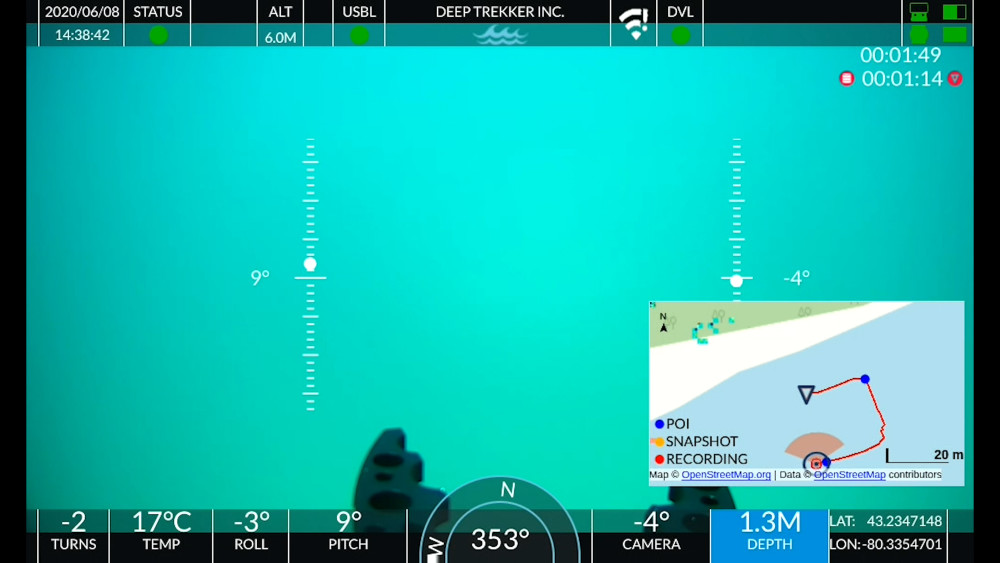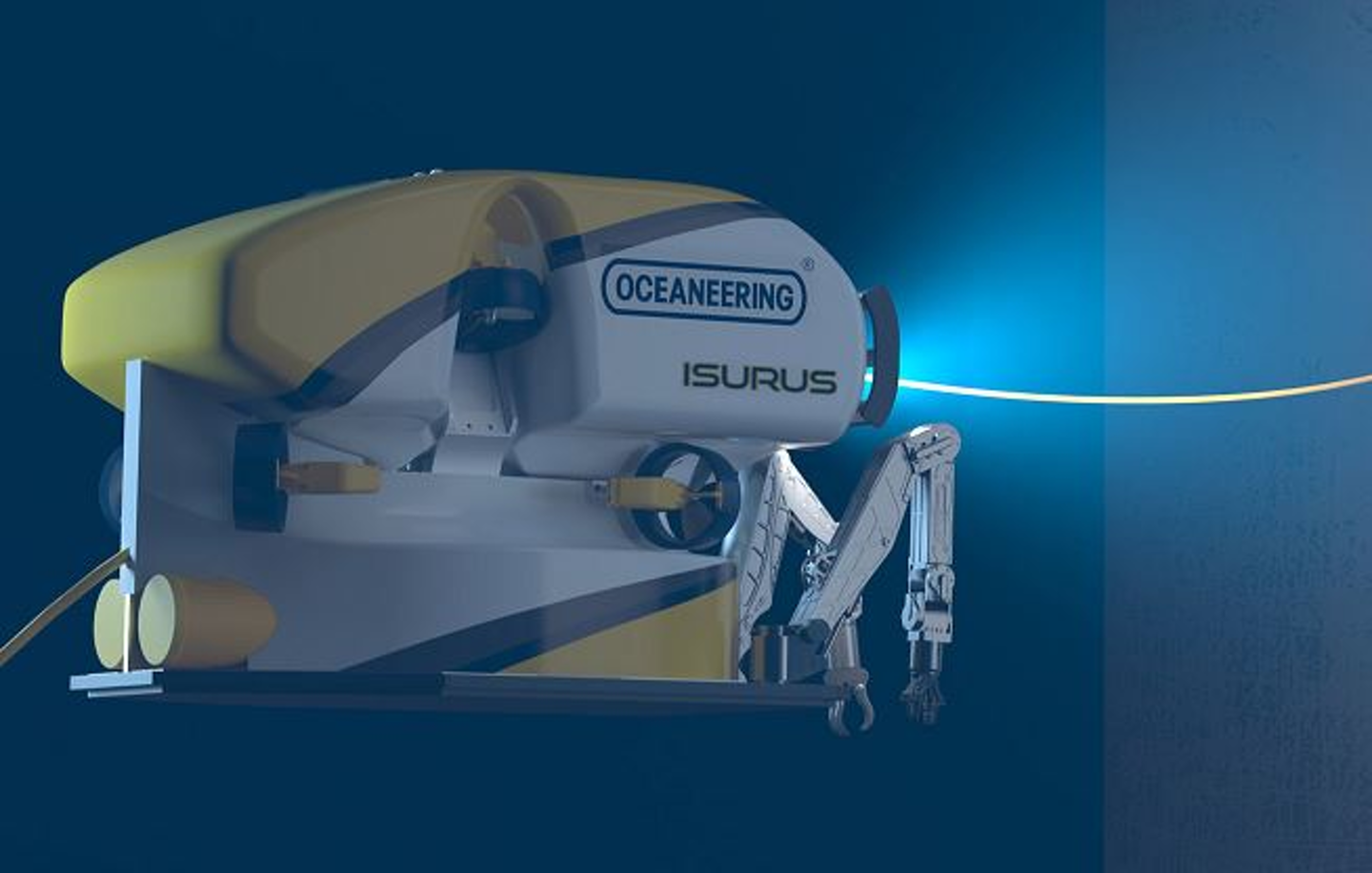Home › Forums › ROV › ROV Industry Vocational Training › Underwater Vehicles and Systems course
- This topic has 0 replies, 1 voice, and was last updated 15 years, 4 months ago by
Rons_ROV_Links.
-
AuthorPosts
-
November 10, 2009 at 8:48 pm #3102
Rons_ROV_Links
ParticipantCourse Location Cranfield University
Cost £0
Type of course in situ
Online booking Book online for this course
Course provider Cranfield University
Available dates for this course
From 16/11/2009 Until 20/11/2009FREE re-skill places available. Conditions apply, for details visit http://www.cranfield.ac.uk/sas/reskill
Course overview
To provide knowledge of the various underwater tasks in the offshore oil and gas industry including joining techniques. This module covers underwater vehicle design, manned submersibles, atmospheric diving suits, remotely operated vehicles and autonomous vehicles, providing a knowledge of commercial systems. Also covers physics of optics and acoustics on which many vehicle systems are dependant.Course description
underwater vehicles: manned submersibles, atmospheric diving suits (systems) (ADS) remotely operated vehicles (ROV), autonomous vehicles (AUV) – design requirements, commercial systems, capabilities and limitations
underwater joining processes: mechanical connectors, grouted joints, wet welding, one-atmosphere welding, hyperbaric welding procedures, habitat design, pipe handling systems, hyperbaric welding processes, automatic and advanced underwater welding systems
acoustics: fundamental principles/theory, definition of the unit of intensity. Sonar parameters – definitions, derivation of sonar equations, use of sonar equation, underwater navigation systems – long-baseline systems, ultra-short baseline systems. Sector-scan sonar, sidescan sonar, other equipment depending on acoustic waves
optics: basic science of light transmission through seawater – absorption, scattering, refraction, underwater imaging – contrast, resolution, effect of seawater medium on images, optical communications, optical fibres, remote viewing equipment – video camera types, signal transmission, stills cameras, stereo systems, novel techniques.
On successful completion of this module the delegate will:Have a good knowledge of the various underwater tasks including joining techniques.
Understand why these tasks need to be undertaken.
Have an in depth understanding of the effect of the environment on the design and the requirements for all types of underwater vehicle.
Possess an appreciation of the capability and limitations of all types of underwater vehicle.
Understand the theory of the transmission of acoustic waves through water, the use of the sonar equations and have a knowledge of commercial systems used in the ocean environment that rely on acoustic propagation.
Understand the theory pertaining to the transmission of light in the sea, the problems involved in underwater imaging and have a knowledge of commercially available underwater imaging equipment.To book on this course please contact:
Academic Operations Unit.
Cranfield University
Cranfield
Bedfordshire
MK43 0AL, UKT: +44 (0) 1234 754176
E: shortcourse@cranfield.ac.uk
F: +44 (0) 1234 751206
W: http://www.cranfield.ac.uk/sas/short/Cranfield University reserves the right to change the date of this course.
Building 45
Cranfield
Bedfordshire
MK43 0AL
United Kingdom
Visit website
Telephone: 0044 (0)1234 754086
Fax: 0044 (0)1234 754109 -
AuthorPosts
- You must be logged in to reply to this topic.



